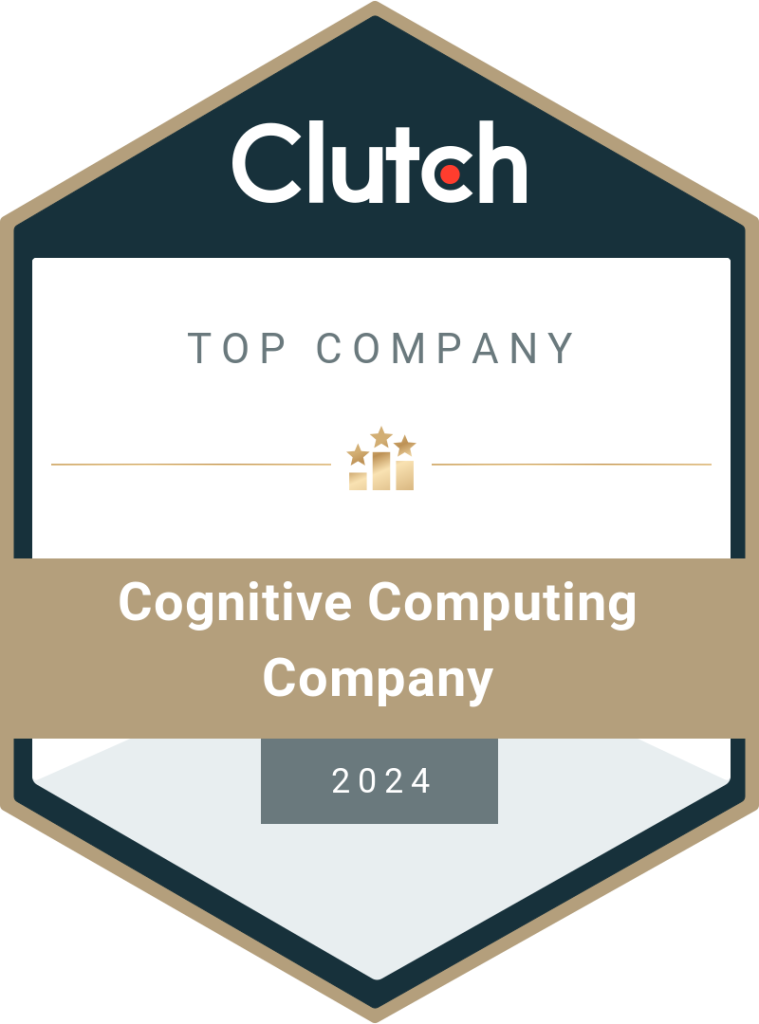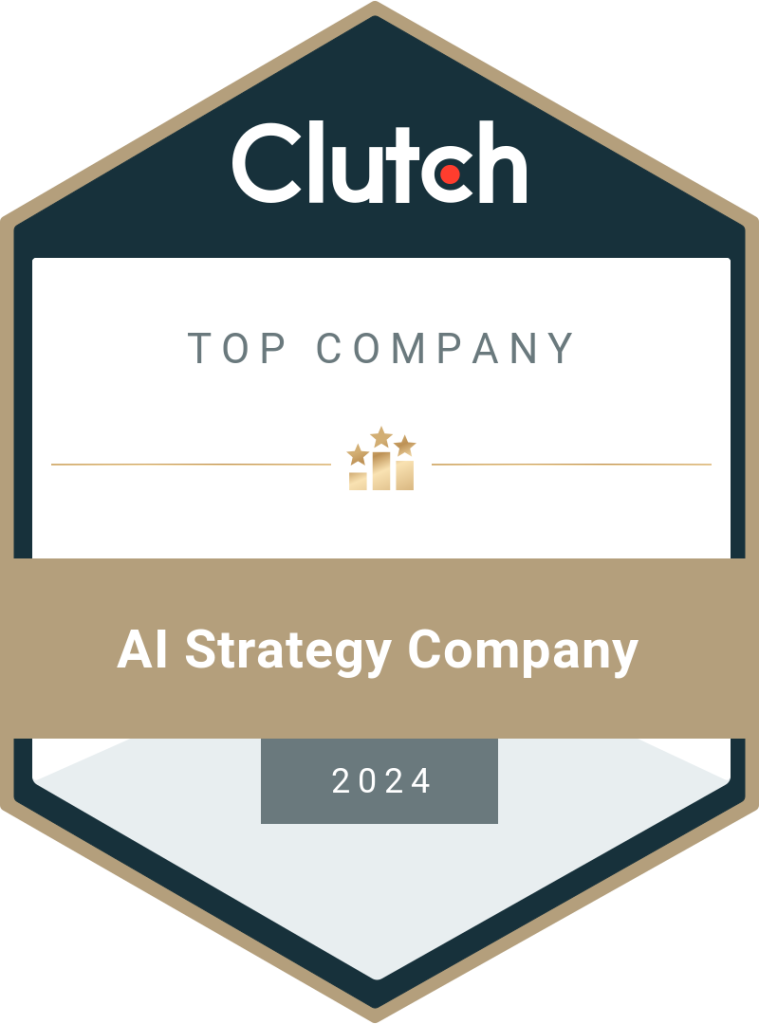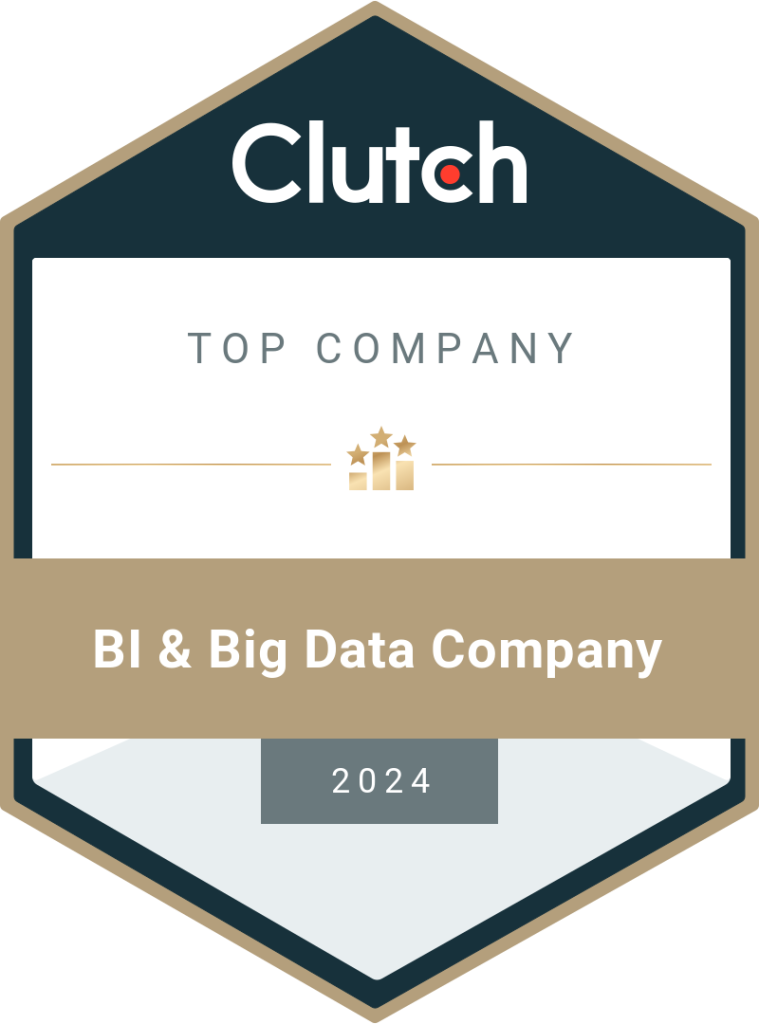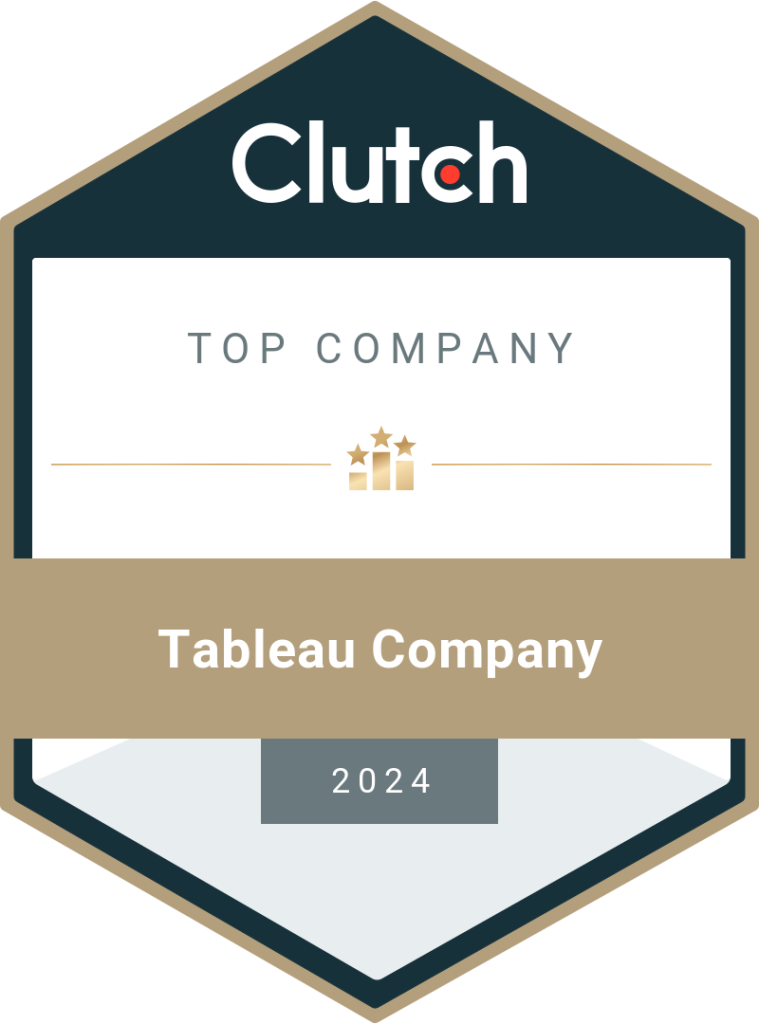5 Awesome Benefits of Big Data in Business Invoicing System
Invoicing system has undergone some major changes since the introduction of big data in them. We, being a big data analytics company with expertise in big data, data science, and machine learning are here to share how you can improve your invoicing system. Along with that in this piece of article, we are going to share how big data has helped improve the invoice system. There are many ways in which big data has improved invoicing applications which you can check in the detailed report by Spend Matters. Big Data Revolutionizing The Invoicing Software Applications Before the invoicing system was upgraded using big data, there was a debate on its application between many SME owners. The reason for this debate is that it is considered not very challenging to handle it manually. However, after running the invoicing system, software or application, everyone regrets not using it from the very start. There are many reasons to support why the invoicing system or software is perfect for businesses. Most of these reasons are because of the introduction of big data in them. Benefits of Switching To Invoicing System With Big Data Below are some of the advantages of using the Invoicing system rather than going with the traditional invoice template system. 1. Save Time & Money We have seen that the invoice template works fine for many businesses, however, there are many features and functionalities that are missing when it comes to this old invoicing system including the fact that these systems don’t ensure that you get paid or not. Using the invoicing software resolves this issue. Almost every invoicing system uses big data to connect clients and payment providers. This, in turn, streamlines the payment process for the companies. What is even more interesting is that this software also provides multiple payment gateways to pick from which takes only a few clicks. In addition to this, with the help of invoicing software, the receipts and accounts are automatically updated. 2. Can Be Used From Anywhere The following reason is that it is time-saving, these invoicing systems designed using big data can be used on the go. Thanks to this software, you do not have to sit in front of your computer to send the invoice. This feature comes in handy for those who find it difficult to spare time to process invoices. This robustness of the invoicing applications has made them more efficient and useful. Big data has helped advance the invoicing system to introduce this feature which allows you to not only send the invoice while you are on the go but can also allow clients to pay from wherever they are at that moment, making the entire system more efficient. 3. Customization Feature In addition to the above two points, the most important benefit these big data modified invoicing systems include is the option of customization. When you are using the invoice template method, there is no option for customization. However, big data is all about personalization. With invoicing software, you can easily customize the invoices as per the customers or and clients with simple settings, making the entire system flawless. 4. Detailed Reporting In Invoicing System The best part of these big data-modified invoicing systems is their ability to track all your financial transactions with every client. Not only this, but this software also includes the feature of generating detailed reports on what has been paid/received and when exactly to which client. So, instead of following up with every client, with the modified invoicing system, you can easily track payment history using an automated for you. With this reporting system, you can not only make your life simpler but can also ensure that your clients pay and on time. 5. Multiple Invoicing System When it comes to discussing the advantages of the invoicing system, multiple invoicing definitely comes up. Unlike the traditional invoice template method where one has to send a ton of invoices, through this software you can send multiple invoices for different services simply using the software feature. In all these points, it is clear that big data has helped dynamically improve the invoicing system for business owners. Every point we have discussed above makes it obvious why one should opt for the invoicing system. Through this blog, you have understood the functioning and benefits of big data in invoicing systems. Implementing these technologies can not only improve your revenue but also increase the efficiency of your business operations. Partner with leading big data analytics companies like DataToBiz to leverage big data to turbocharge the business operations. Talk to an expert today!
Read More





